Rosco53
Hero Member
- Joined
- Mar 17, 2018
- Messages
- 714
- Reaction score
- 1,734
- Golden Thread
- 0
- Location
- Bryant, WI
- Detector(s) used
- Tracker IV (hobby lobby 40% off ;-) )
- Primary Interest:
- Other
So, after pulling a Buffalo, War nickel, and 5 Yen out of my first bag of nickels, I lucked out further and kept the wheat harvest going with another 80 and topped that off with my 4th proof cent. Well, I had an hour left before my bank closed at that point, and they exchange coins tomorrow, so figured why not, and my a 2nd trip in. Came back with 2 bags of nickels, since they had the pennies ready to go already. Well, VERY glad I did. First few handfuls and this:
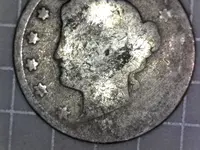
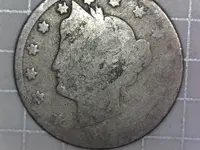
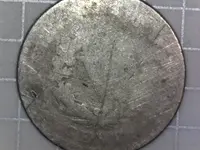
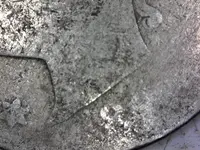
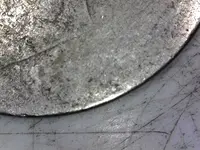
Looks like "189-"? Not sure, but still... Was NOT expecting this at all. Can't wait to see what the rest of the bag has! Happy Hunting everyone!





Looks like "189-"? Not sure, but still... Was NOT expecting this at all. Can't wait to see what the rest of the bag has! Happy Hunting everyone!
Upvote
0

